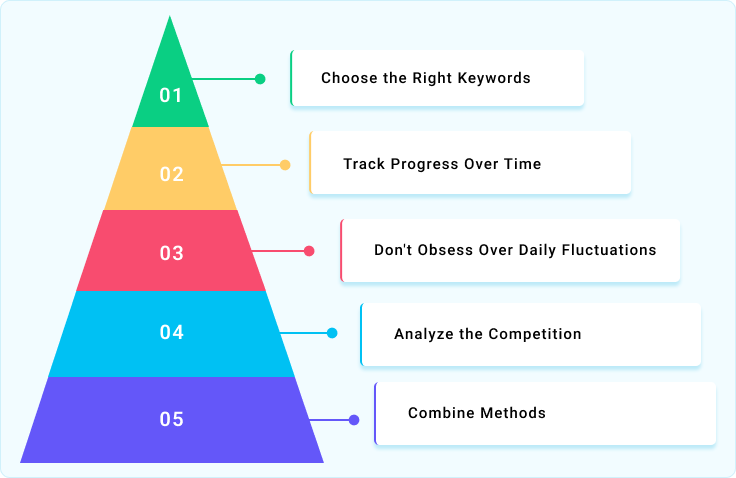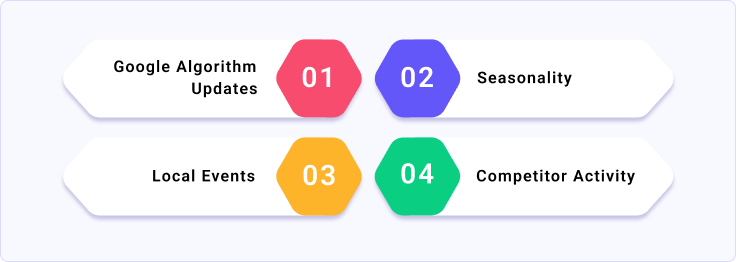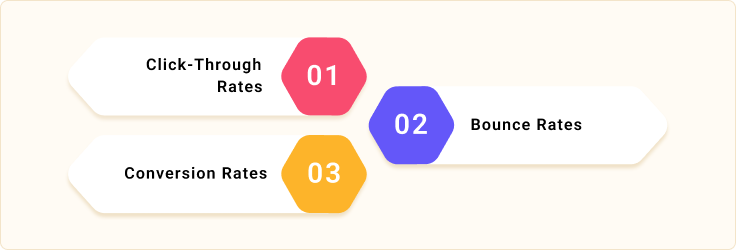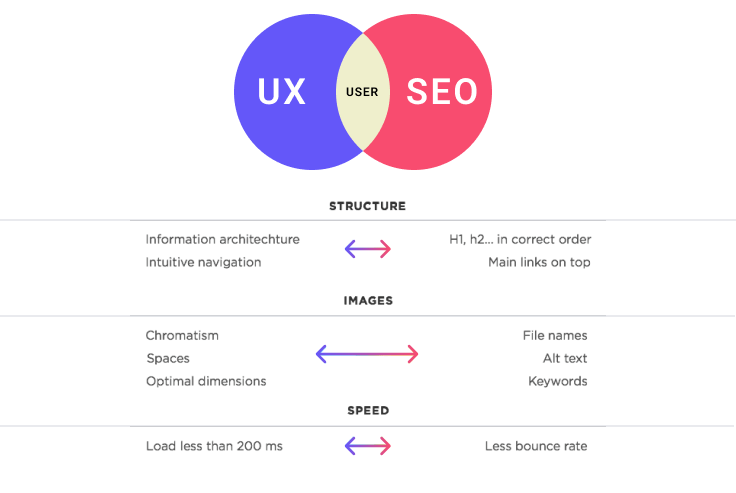
Get upto 50% off in New Year Offer

Get upto 50% off in New Year Offer

This blog unveils three swift and accurate methods to crack the code of Google rankings and steer your website towards visibility.
In the ever-evolving landscape of SEO, knowing where your website stands is like having a compass in a blizzard. It guides your optimization efforts, informs content strategies, and ultimately, determines your success in attracting organic traffic. This is where ranking checks come in – your key to navigating the treacherous path of search engine results pages (SERPs).
But how do you check your Google rankings effectively? With countless tools and techniques promising the moon, it can be overwhelming to choose the right approach. Fear not, intrepid SEO voyager!
Consider Google Rankings and Swift Methods!

Think of GSC as your free, Google-issued treasure map. This powerful tool offers valuable insights into your website’s performance, including keyword rankings. Here’s how to leverage GSC for ranking checks:
For a deeper dive, consider investing in dedicated SEO tools. These powerhouses offer a comprehensive ranking analysis, covering features beyond GSC’s reach. Here’s how they can elevate your ranking checks:
Consider Google Rankings and Swift Methods!

Remember the thrill of a good mystery? Embrace the detective spirit with this manual method, though keep in mind it’s less precise than the previous options.

Remember, checking your Google rankings is just one piece of the SEO puzzle. Optimize your website content, build backlinks, and stay updated on Google algorithm
In the process remember the Tips
You can follow above and buy Manage Plus to Streamline communication: Say goodbye to endless email chains and scattered conversations. ManagePlus provides a central hub for all project discussions, ensuring everyone is in the loop and on the same page.
Checking your Google rankings is crucial, but the real magic happens when you analyze the data and translate it into actionable insights. Let’s dive deeper into this next phase of ranking mastery, exploring advanced tactics to maximize your website’s visibility:

Rankings aren’t static – they dance and weave like fireflies on a summer night. Understanding the reasons behind these fluctuations empowers you to refine your approach. Here are some factors to consider:

Beyond the blue links, the SERP presents a diverse landscape of features like featured snippets, Knowledge Panels, and video carousels. Aiming for these coveted spots can significantly boost your visibility and click-through rates. Here’s how:

While rankings are important, they’re not the only metric of success. Dig deeper into user behavior to understand the true impact of your efforts. Tools like Google Analytics and Search Console reveal valuable insights, such as:

If your business caters to a specific geographic area, optimizing for local searches is crucial. Tools like Google My Business and local keyword research can help you achieve this:
The SEO landscape is constantly evolving, so don’t be afraid to experiment with new strategies and track their effectiveness. A/B test different meta descriptions, headlines, and content formats to see what resonates with your audience. Analyze the data, draw conclusions, and adapt your approach to stay ahead of the curve.
Remember: Checking your Google rankings is just the first step. By delving deeper into the data, understanding user behavior, and embracing advanced tactics, you can transform your website into a beacon of visibility, attracting leads, conversions, and long-lasting success. So, unleash your inner sleuth, embrace the data, and conquer the SERPs with your newfound ranking mastery!
And there you have it! With these advanced tactics, you can go beyond simply checking your Google rankings and transform them into actionable insights that drive genuine SEO success. Remember, consistency, data-driven decisions, and an insatiable curiosity are your keys to unlocking the secrets of the search engine labyrinth. Now, go forth and conquer the SERPs, SEO warrior!
Cracking the code of Google rankings can feel like a thrilling treasure hunt, where each keyword is a hidden gem and climbing the SERP ladder is the ultimate prize. But navigating this ever-shifting landscape requires more than just checking numbers; it’s about understanding the intricate dance between algorithms, user behavior, and your website’s unique magic.
Consider Google Rankings and Swift Methods!

Imagine analyzing your rankings like a seasoned sleuth. You scour the data for clues, deciphering fluctuations as whispers of opportunity. Each keyword position tells a story: the rise and fall of competitor strategies, the seasonal ebb and flow of search trends, the subtle impact of Google’s algorithmic adjustments. By honing your data detective skills, you’ll learn to anticipate shifts, react strategically, and ultimately, outwit the SEO labyrinth.

The SERP, once a flat page of blue links, has blossomed into a diverse ecosystem of features. Snippets, Knowledge Panels, video carousels – these are the glittering prizes beyond the first page, beckoning users with their rich snippets of information. To claim your place in this digital wonderland, you must become a master of content alchemy. Craft content that speaks the language of snippets, structured and concise, answering user queries with precision. Build authority to earn a coveted spot in a Knowledge Panel. Master the art of storytelling to capture those coveted video carousel slots. The possibilities are endless, waiting to be unlocked by your creative ingenuity.

While rankings and features grab the headlines, the unsung hero of the SEO saga is the user. Their click-through rates and bounce rates whisper tales of satisfaction or frustration. Their conversions sing hymns of success, while their abandoned carts echo with cautionary melodies. To truly conquer the SERPs, you must become a bard of user experience. Craft content that resonates, addresses their needs with empathy, and guides them seamlessly through your website’s labyrinthine halls. Convert clicks into loyal followers, weaving a narrative that compels them to return again and again.

The thrill of the rank chase doesn’t lie in reaching the summit and planting your flag. It lies in the constant ascent, the relentless pursuit of improvement. Don’t be afraid to experiment, to A/B test headlines and meta descriptions, to tweak your content format and delve into unexplored SEO territories. Every experiment is a step on the path to discovery, revealing new pathways to visibility and user engagement. Embrace the spirit of the trailblazer, the pioneer who maps uncharted SEO frontiers.
Remember, the Google algorithm is not your adversary, but your dance partner. Learn its rhythm, anticipate its steps, and adapt your movements accordingly. Embrace updates with curiosity, not fear. Analyze their impact, adjust your strategies, and watch your website tango its way up the SERP ladder with newfound grace.
Checking Google rankings may be the first step, but the true adventure lies in the journey beyond. By weaving these threads of data analysis, user-centricity, and fearless experimentation, you can transform your website into a beacon of visibility, attracting not just rankings, but loyalty, conversions, and the ultimate SEO treasure – lasting success. So, pack your data detective kit, unleash your inner storyteller, and set out on your own thrilling rank chase. The SERP awaits, ready to crown the champion who dances with data, users, and algorithms in perfect harmony. we welcome you to employ for best use ManagePlus in your journey!
In your Google Ranking exercise,
Tip: Empower real-time collaboration: ManagePlus allows your team to work together on tasks in real-time, fostering greater synergy and driving faster progress

Streamline your marketing efforts with AI-powered working design — Organize, collaborate, and optimize your marketing campaigns all in one place!

Join now to shape the future of MangePlus
Don’t miss out